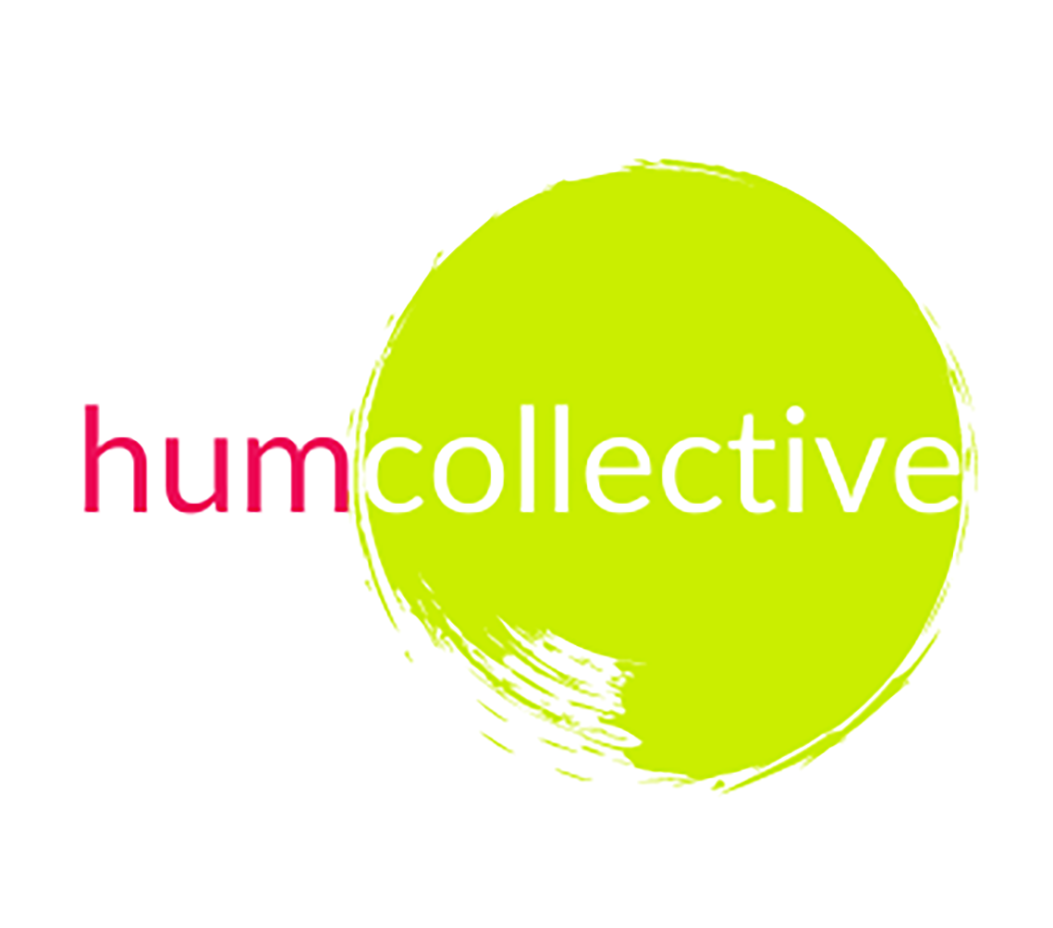Turning the telescope inward
I like to use light as a material, but my medium is actually perception. I want you to sense yourself sensing — to see yourself seeing.
James Turrell, American artist, Light and Space movement
To thrive in today’s uncertain world, we must turn our gaze towards the internal landscape of our personal experiences and ultimately, see ourselves anew.
The better we become at observing ourselves, the more we can change to meet present demands. This means turning the telescope inward to shine light on your personal experiences. By seeing yourself in full luminosity, you will garner more choices and realize your essential place in creating the world to which you want to belong.
Expanding our inner wisdom results in two outcomes. First, more flexibility to adapt to changing times and second, sustainably thriving at work (and life). We can become an agent of change of our own making when we have more internal resourcefulness.
Luckily, we have a built-in toolkit designed for this purpose. Our innate human toolkit is made up of three intelligences: emotion, body, and the brain.
Our 3 Intelligences
Emotions
There is insight hidden in emotions we either dismiss or find inconvenient, as they can often motivate us to act. We can think of them as an internal temperature gauge, playing an essential role in how we process. If tapped, emotions can help us avoid danger, assist in effective decision-making and deepen self-awareness and understanding of others.
One study showed that 95% of cognition happens in the subconscious, emotional brain center. Fast decisions that are quick and instinctive come from this place. Even when we are unaware of their effect, emotions help us appraise a situation. This ability to manage and understand our own and others’ emotions is defined as emotional agility, and it allows us to tune into the hidden depths of information emotions hold.
Keep An Emotions Journal
Keep an emotions journal nearby on your desk and during the day when you feel the rising tide of feeling, quickly jot down the sensation. Use the Atlas of the Heart list of emotions from Brené Brown to get more granular. Review this log as you make your way through the month to identify patterns and insights.
Body
Somatic experience offers us early clues that tell us when we are reaching overload before our brain even knows. There is a dynamic interplay between the mind and body. The body literally influences the mind, a phenomenon called “embodied cognition.” For example, those who are depressed show their internal state physically by slouching or slumping. Intentionally shifting to an upright posture can increase positive mood and self-esteem. Our ability to move our body in different ways can shape our thoughts and perceptions.
The dynamic interplay of body and mind reveals that by working on our bodily response to stress and our environment, we can become more adaptive and resilient. We can literally change our bodily senses to be more responsive. Consider wine tasting. Practicing it gives one the ability to differentiate flavors on the palate that were previously indistinguishable. This is “perceptual learning,” in which the human body’s physical perception changes. This type of learning allows the body to continuously improve its response to the environment by creating new perceptive properties as needed over time.
Do a Body Scan
A body scan is a relaxation technique that involves focusing your attention on each part of your body, starting at the top of your head and working your way down to your toes. To do a body scan, find a comfortable position lying down or seated and close your eyes. Take a few deep breaths, and then focus your attention on the top of your head. Notice any sensations you feel, such as warmth or tingling, and then move your focus down to the next part of your body, such as your face or neck. Continue this process, slowly moving your focus down through each part of your body until you reach your toes. As you do this, try to let go of any thoughts or distractions and simply be present with your body. See what you notice.
Brain
We each have a ‘top down’ cognitive brain and ‘bottom up’ intuitive brain. In addition to the five senses we know and use every day, we also have a sixth sense — intuition. Intuition is a form of unconscious intelligence. It is the knowing within us that is hard to quantify. We have all had the experience of knowing something without a rational explanation for why, a revelation that cannot be codified but that is nonetheless insightful and useful. The Dutch philosopher Spinoza identified intuitive knowledge as the most powerful.
The intuitive mind cannot give direct guidance through well-reasoned articulation (words). Intuition shows up in metaphor — “I sense that,” “it felt like.” Such gut feelings are the result of a complex early detection system that is automatic and effortless.
Set Aside Quiet Time
Quiet time is a way to hit pause and create silence in your daily life. Sitting quietly and giving yourself time to reflect is a time-tested way to delve into the areas we often ignore in ourselves. Try to find at least ten minutes of quiet time at the beginning or end of your day to ask your intuition what it knows.
Learn more about how to build wise leaders and organizations.
